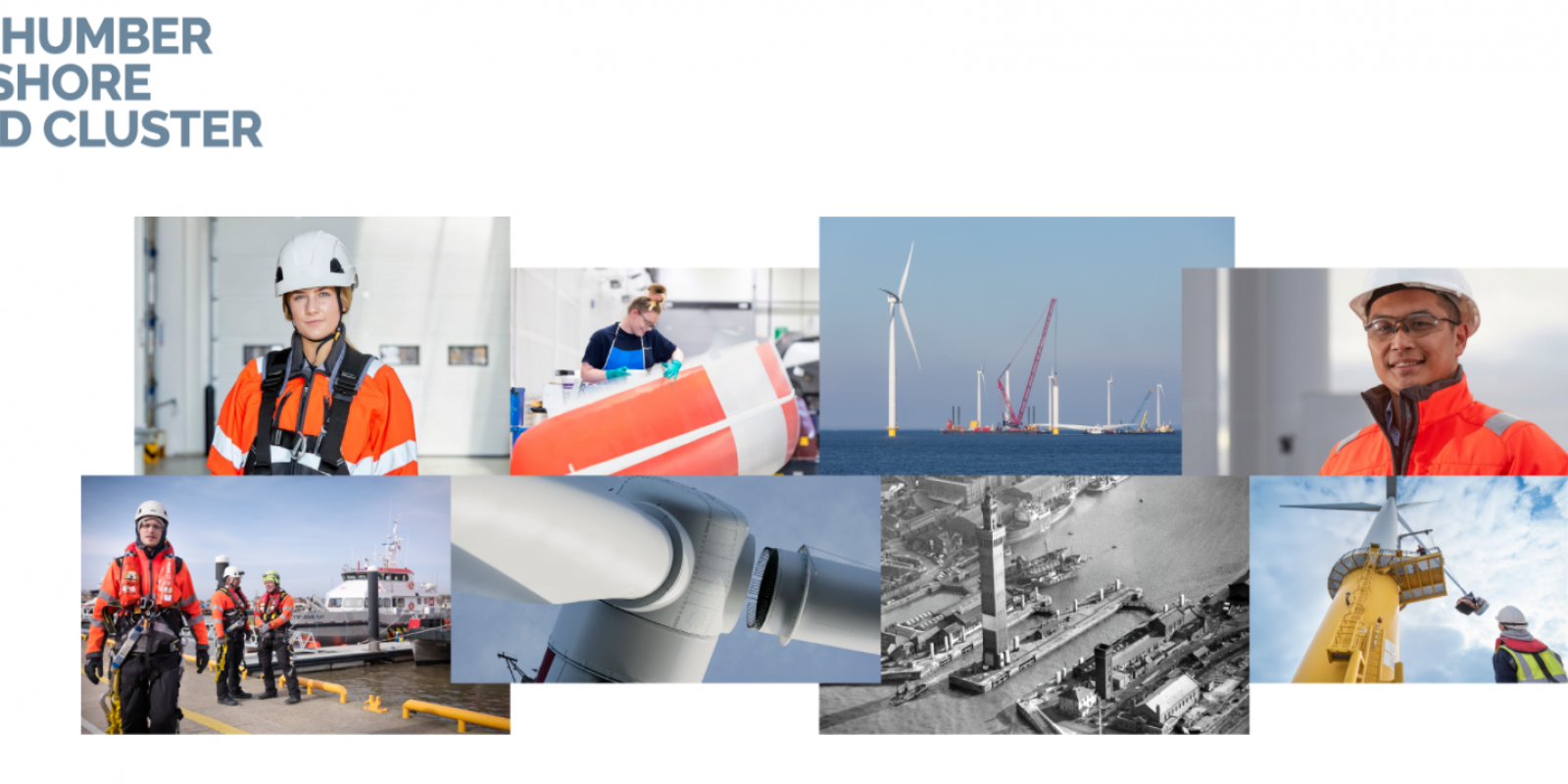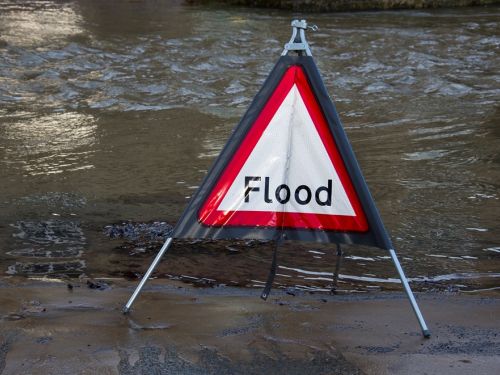Ørsted’s heritage lies deep within Danish energy production and was once one of the most coal-intensive energy companies in Europe. Today they are the world's most sustainable energy company and a global leader in the transition to green energy. Ørsted in the UK is developing, constructing, and operating multiple offshore wind farms and are gradually expanding a global presence. Learn what they are doing right here in Greater Lincolnshire.
With government commitment to a legally binding target of net-zero carbon emissions by 2050 offshore wind is set to grow massively over the coming years from around 10GW of installed today to 40GW by 2030. A huge opportunity will be generated where we expect over £60bn investment and 69,000 new, highly-skilled sustainable jobs being created in the UK with the East Coast set to deliver much of this growth where favourable water depths, good winds and access to supporting infrastructure and skilled people are available.
In the Humber we have witnessed the growth of the offshore wind industry over the last decade. We have seen large organisations such as Ørsted and RWE (who construct, own and operate the windfarms) invest into places like Grimsby, as well as large OEM Siemens Gamesa Renewable Energy invest in blade manufacture, training, and load out, at the Port of Hull. We have now seen the supply chain, education and training provision, infrastructure and innovation, flourish and develop with this growing industry. The Humber’s identity has been redefined with the place truly underpinning the name ‘The Humber – Energy Estuary’ where the energy transition is truly being recognised on the ground and bringing with it, immense economic opportunity and growth.
From the Offshore Wind Sector Deal, Ørsted took on a role to sponsor and support the Humber Offshore Wind Cluster with the intention of strengthening collaboration across the region with suppliers, education and training providers, innovation and infrastructure enablers. Stakeholders were gathered across these areas and started the process to align the positive work that had been going on in the region over the previous 10 years or so. After more consultation, the Humber Offshore Wind Cluster Prospectus was launched which synthesised the research and mapped out a strategy of action and a governance structure is now in place to organise and deliver on the actions set out with five subgroups focused on the themes of supply chain, people, infrastructure, innovation and place.
The ‘People’ subgroup is focused on a bright future ahead in the region. Today there are around 26,000 people that work in the offshore wind industry in the UK, though with significant expansion due to happen this number is set to rise to 69,000 by 2026. In the Humber this translates from around 1,700 today rising to around 10,500. Therefore, it is important that the region responds to this demand by skilling up the workforce to take this local opportunity.
The People Offshore Wind Cluster Subgroup is composed of employers, local authorities, education and skills providers and diversity focused groups such as WIME (Women into Manufacturing and Engineering). The group are working together to deliver actions to support this growth and will act as a collective voice to understanding skills supply and demand as well as sharing best practice and promoting equality and diversity in the sector. So far, the group has conducted an audit of skills marketing resources and careers engagement material and delivered a session to teachers on the offshore wind industry and how they can connect their students to the huge, anticipated growth in the Humber.
The Humber Offshore Wind Cluster will be hosting a special virtual event during the Waterline Summit on Tuesday 19th October at 2pm. Click here for more information and to register.


